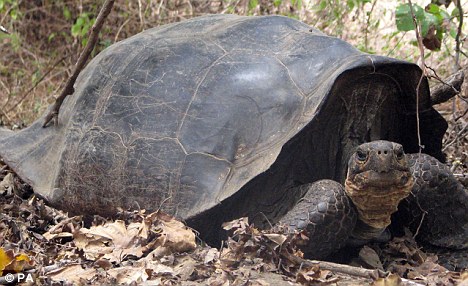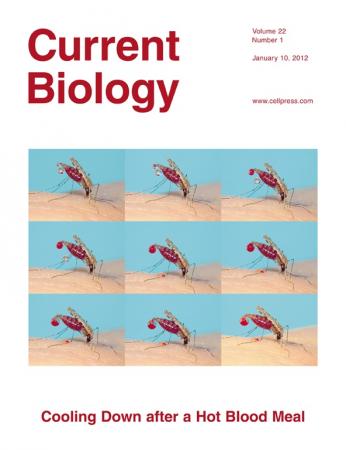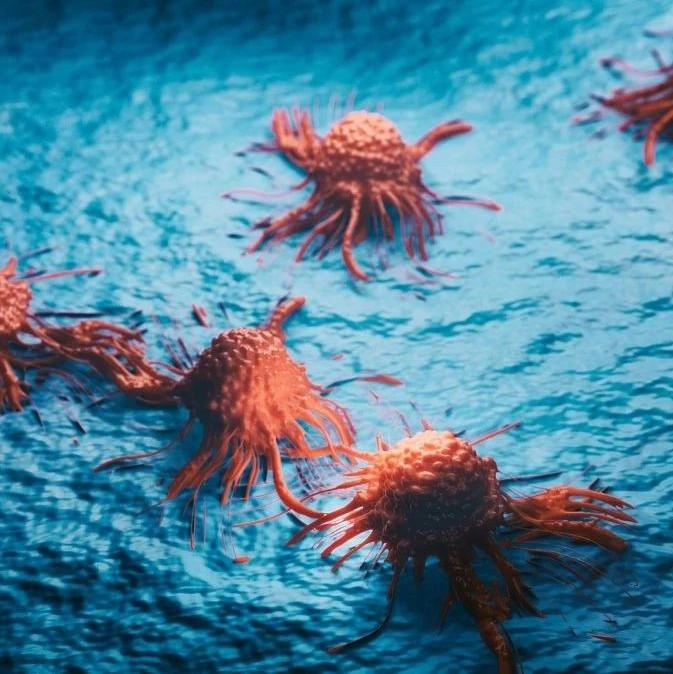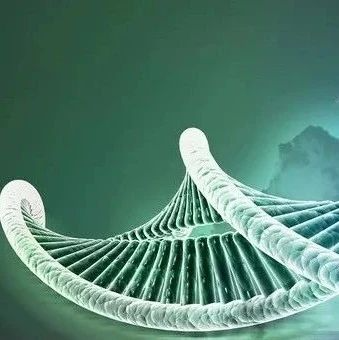
近日,科学家们发现,一种曾在达尔文进化理论形成过程中起过重大作用且被认为已经灭绝了150年的大型乌龟可能并未灭绝,只是一直在加拉帕戈斯群岛秘密生活着。
基因数据显示:最近该物种成员曾与其近亲杂交过。
研究显示,科学家们在伊莎贝拉岛(隶属加拉帕戈斯群岛)的84只乌龟体内发现了这种物种(Chelonoidis elephantopus)的DNA足迹。
每只混血乌龟的双亲之中必定有一个就是这个消失的物种。
这其中有30只是在最近15内年出生的。
科学家们相信:既然乌龟的寿命可长达100年,那么很有可能该物种至今还存在着。
“据我们所知,这是世界上首例通过追踪消失物种的杂交后代基因组中的基因足迹来重新发现该物种存在的报告。”来自美国密西西比大学的领头科学家Ryan Garrick博士说。
1月9日发表在《Current Biology》杂志上的基因证据显示,这种乌龟栖息在伊莎贝拉岛沃尔夫火山的斜坡上——距离它们的“故乡”弗洛雷纳岛200米远。
当它们1935踏上那段极具历史意义的航程来到加拉帕戈斯群岛后不久,达尔文就注意到住在不同岛屿上的乌龟龟壳形状各不相同。
住在弗洛雷纳岛的C. elephantopus龟壳形状为马鞍型,而住在其他岛的则为圆顶型。
对该物种的观察部分促进了达尔文自然选择学说的形成。
在达尔文考察了伊莎贝拉岛后不久,人们就认为C. elephantopus由于被捕鲸人和弗洛雷纳岛上炼油厂的工人们过度捕杀而灭绝了。
人们最初发现这种消失物种的DNA是在11只栖息在伊莎贝拉岛的C. becki身上。
接着在2008年,科学家们从栖息在该群岛的1600多只乌龟身上提取血样,并将它们的DNA与现存的或者是已经灭绝的所有乌龟品种进行了比对。
分析结果显示有84只沃尔夫火山龟携带有C. elephantopus的DNA。
这些大型乌龟很可能是由伊莎贝拉岛上的捕鲸船带过来的。
“如果我们可以找到它们,我们就可以将它们重新运回它们的‘故乡’。” 合著者之一、美国耶鲁大学的Gisella Caccone博士说。
“这是一件意义深远的事,因为这些动物在维持岛屿生态完整性方面起着里程碑式的作用。”
即使我们不能如愿找到纯种的C. elephantopus,我们也相信,通过加强杂交后代之间的繁殖来复活C. elephantopus也不是没有可能的,科学家们说。

Genetic rediscovery of an ‘extinct’ Galápagos giant tortoise species
Ryan C. Garrick, Edgar Benavides, Michael A. Russello, James P. Gibbs, Nikos Poulakakis, Kirstin B. Dion, Chaz Hyseni, Brittney Kajdacsi, Lady Márquez, Sarah Bahan, Claudio Ciofi, Washington Tapia and Adalgisa Caccone
Genes from recently extinct species can live on in the genomes of extant individuals of mixed ancestry. Recently, genetic signatures of the giant Galápagos tortoise once endemic to Floreana Island (Chelonoidis elephantopus) were detected within eleven hybrid individuals of otherwise pure Chelonoidis becki on Volcano Wolf, Isabela Island [1]. Movement of tortoises between islands by pirate and whaling ships was not uncommon during the 1800s [2], representing a likely mechanism by which individuals from Floreana were translocated to northern Isabela, despite being presumed extinct soon after Charles Darwin's historic voyage to the Galápagos Islands in 1835. These eleven hybrid individuals with C. elephantopus ancestry were thought to be the last genetic vestiges of a unique evolutionary lineage in the wild. Here, we report that reproductively mature purebred tortoises of the recently ‘extinct’ C. elephantopus from Floreana Island are very likely still alive today, as identified and tracked through the genetic footprints left in the genomes of very recent hybrid offspring on Volcano Wolf. If found, these purebred C. elephantopus individuals could constitute core founders of a captive breeding program directed towards resurrecting this species.
文献链接:https://www.cell.com/current-biology/abstract/S0960-9822%2811%2901376-5








